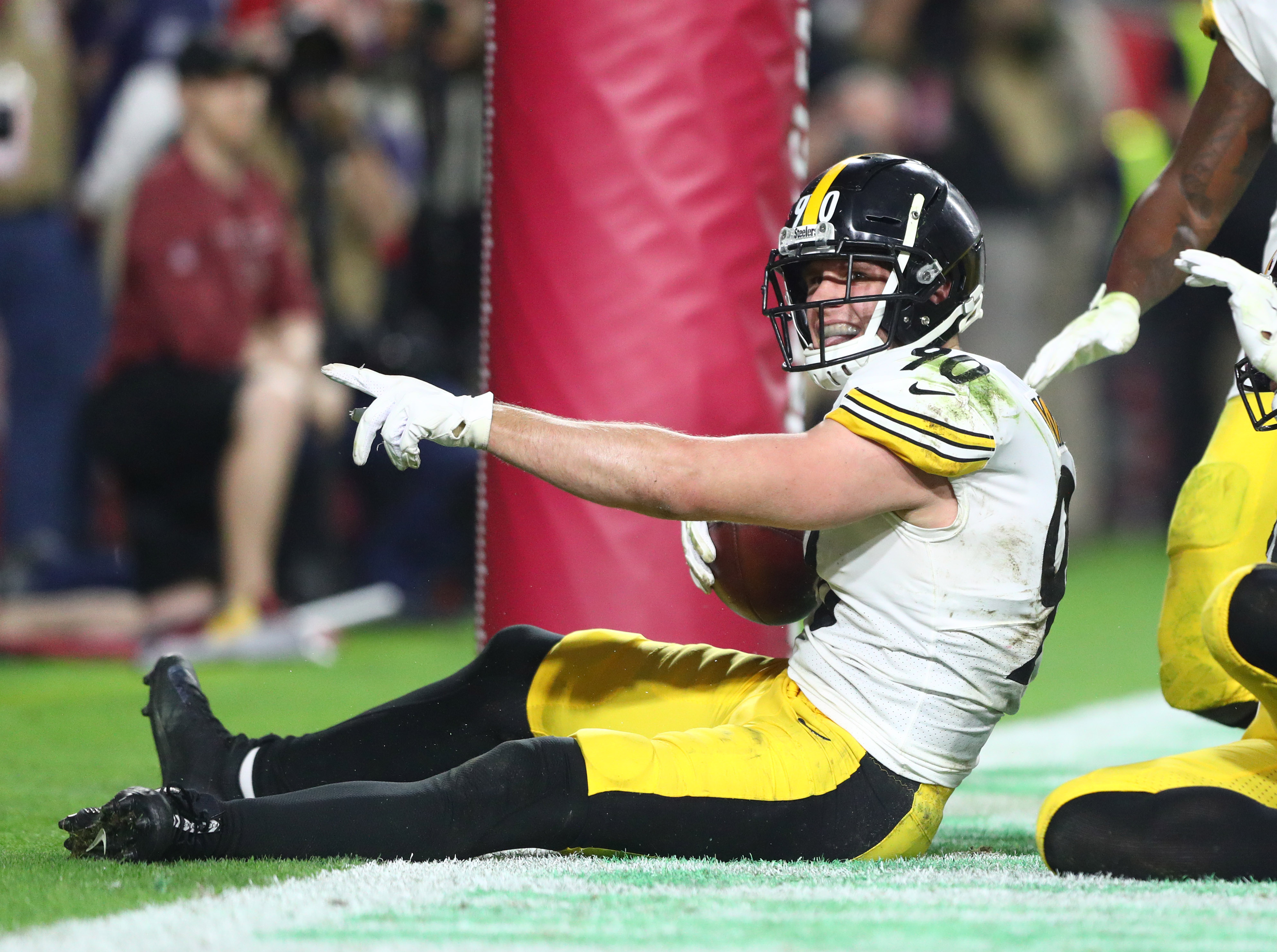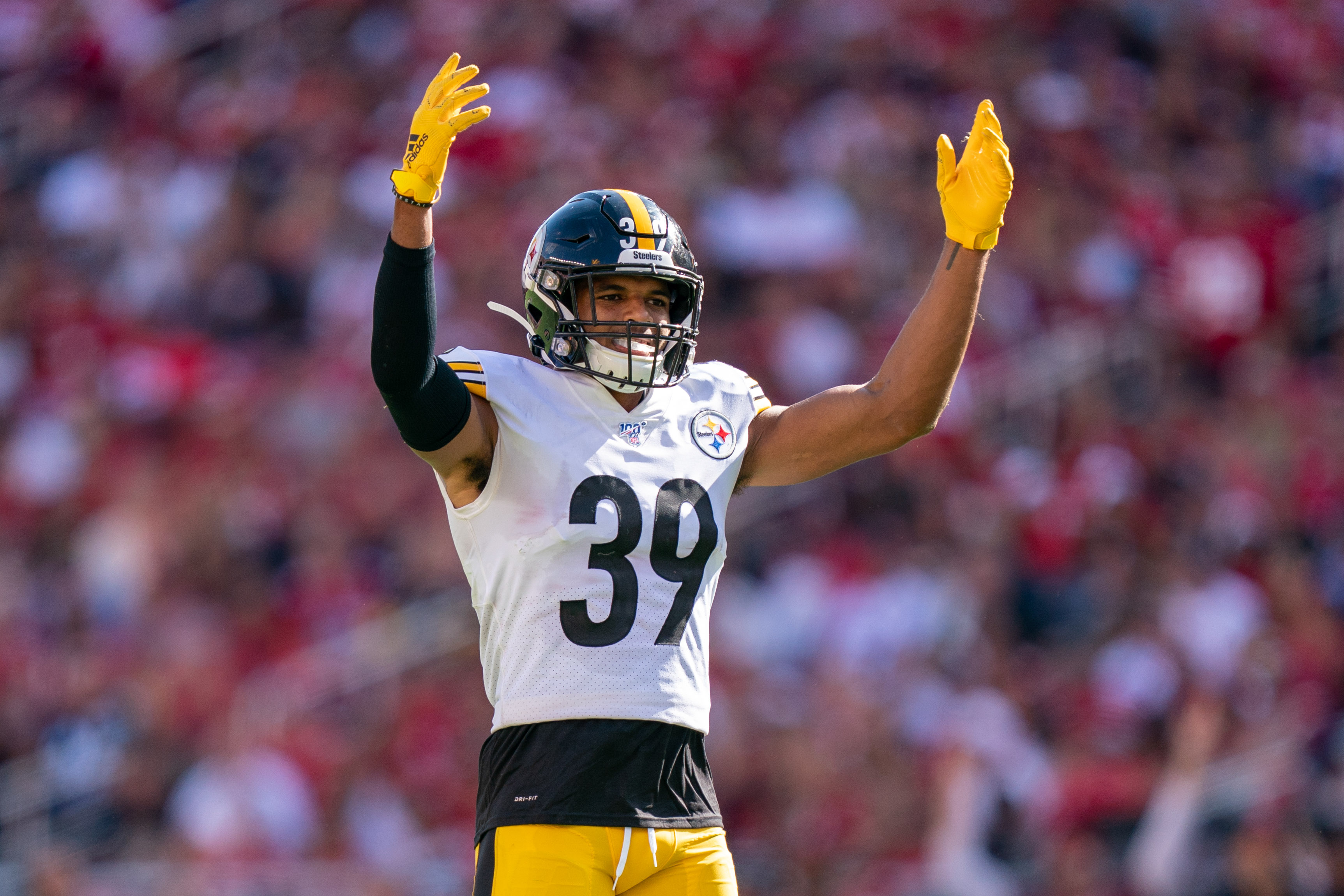One of the big mysteries heading into the 2020 NFL season is what impact the COVID-changes to preseason and training camp will have on the final product we see on the field on Sundays. And whatever those impacts are, the Pittsburgh Steelers are unusually well-positioned to ride the waves and thrive early in the season.
It's a difficult thing to predict because there isn't much precedent to fall back on to give us indications of what we might see, and much of what remains must be best-guess taken from comparisons that will never really be clean.
[Editor's Note: PFF's advanced statistics and player grades are powered by AWS machine learning capabilities.]
The closest analog we have is the 2011 season, which had its schedule thrown off due to the protracted labor dispute — the lockout — between the NFL and the NFLPA that effectively suspended the offseason activities from March through to the final week in July.
That season, the league didn't even get to start free agency until the time everybody usually reports for training camp and about a week before what would be the start of the preseason schedule.
The Hall of Fame Game — typically the opening of NFL preseason — was axed that year, and the preseason schedule ran from August 11 to September 2 before the season kicked off as usual.
The league mandates that teams can't commence preseason games until they have been in training camp for 15 days prior, so even though the Hall of Fame Game was a casualty, everything else on the field actually held relatively intact despite an offseason of upheaval.
Even so, there was a feeling that the defensive side of the ball would suffer the most from the changes. Evidence of this is spotty, given that almost all of the schedule held intact, but defenses did struggle in terms of EPA allowed per play in the first month of the 2011 regular season compared with the rest of that year.
The old adage was that the offense took longer to get up to speed from scratch than the defense did, but if you think a little bit more, it actually makes sense for the reverse to be true.
On offense, there can be several players on the wrong page, but if the quarterback and receiver see the same thing, it can often result in a big play. On defense, if one player jumps into the wrong gap with his run-fit, a routine handoff can become an explosive run; if one member of the secondary doesn't get the coverage, it's a bust on the back end and a pitch and catch for the offense to score a touchdown. Defense is about the weakest link in the chain, whereas offense is far more about the strongest.
Roster turnover at the NFL level is incredible from year to year. We tend to think of teams as relatively stable entities that just nip and tuck around the edges, but rosters change an average of around 25% from year to year. Each team is a quarter different than it was a season ago, even ignoring coaching turnover and any other changes that get made.
The impact on starting units can be even more severe. For example, the New York Jets look set to enter the season with a completely different starting-five unit of offensive linemen than they ended 2019 with.
This season more than most, that volume of turnover could cause teams to take some time to get up to speed, and so the teams with relative stability could benefit.
The Pittsburgh Steelers are entering the 2020 season with virtually zero turnover on the defensive side of the ball. The only change to the starting lineup from late last season is the loss of Javon Hargrave in free agency, but even Hargrave is going to be replaced by the return of Stephon Tuitt from injury. The trade for Minkah Fitzpatrick during the season effectively gives the Steelers their first-round draft pick a year early, allowing him to get up to speed within the system during the 2019 season and hit 2020 fully acclimatized.

Exclusive content for premium subscribers

WANT TO KEEP READING?
Dominate Fantasy Football & Betting with AI-Powered Data & Tools Trusted By All 32 Teams
Already have a subscription? Log in



 © 2025 PFF - all rights reserved.
© 2025 PFF - all rights reserved.